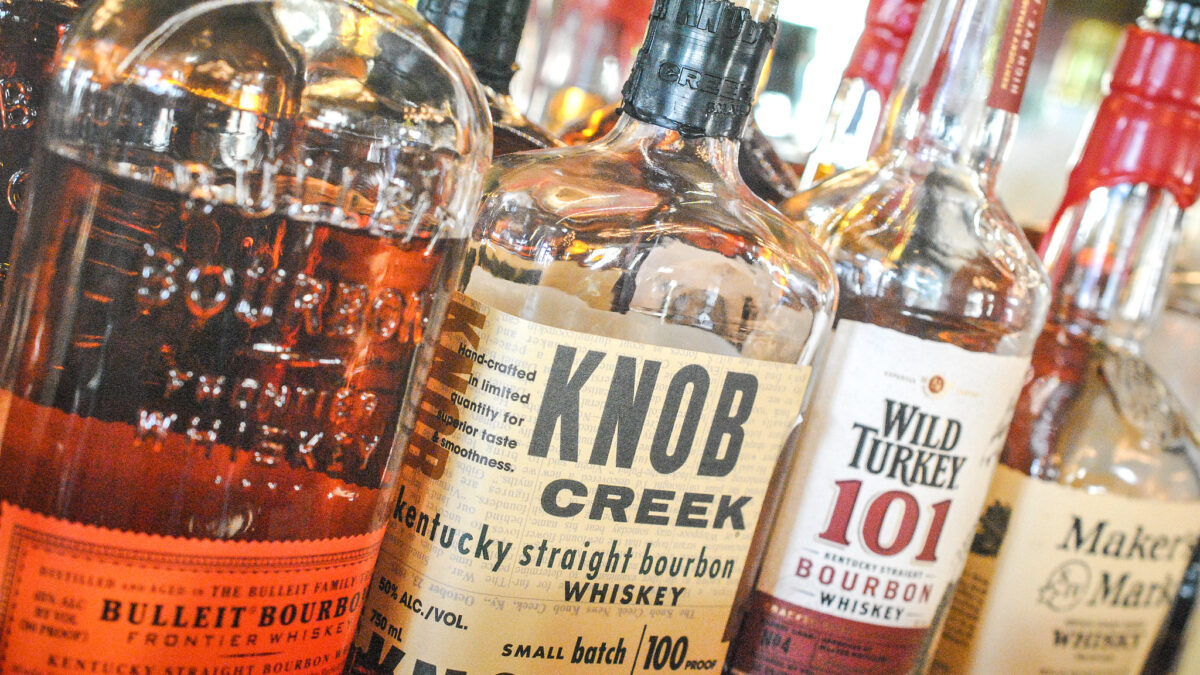
You’ve scanned the wine list to find the perfect match. A few catch your eye. A nice Russian River Valley pinot noir, a Stags Leap District cabernet, or perhaps a New World Sangiovese. What’s not to love?
Your waiter presents the bottle to your table. You nod in approval. The wine is poured; you lean into your glass hoping to catch the lovely aroma, and instead your nose crinkles and puzzlement sets in. The glass is emitting an odor that reminds you of when it rained on that pile of newspapers you were going to recycle. It seemed like the perfect choice. How did this happen?
Despite a winemaker’s best efforts, occasionally you will run into a wine that is flawed. That’s why you try the wine before you commit to the bottle.
1. The Bad Taste Could Be TCA
In the case above, your wine had been infected with trichloranisole, or TCA. Your wine is “corked,” meaning a fungus managed to set up camp in your unsuspecting wine’s cork. Simply saying “This wine is corked” to your waiter will be sufficient. Despite the best sanitary processes, this is a common flaw that can affect anywhere from 1 to 5 percent of wines that use cork closures. This percentage will vary depending on whether you are talking to wine-tasting experts or cork producers.
2. It Could Be ‘Brett’
Brettanomyces, commonly referred to as “Brett,” is wild yeast that can get into wine and leave its calling card. Depending on your own sensitivity, you may or may not find this offensive. At low levels, it and TCA can contribute to the “complexity” of the wine. At more noticeable levels, your wine will smell like a barnyard, and not the good earthy aspects. Specifically, it will smell like a horse’s stall or even have a manure-like scent. Brett will also tend to have a sour acidity upon tasting. This flaw typically impacts red wines.
3. Blame Volatile Acidity
If your chosen wine does not smell like a dank basement or a barnyard, but instead reeks of vinegar or nail-polish remover, blame volatile acidity (VA). Acetic acid bacteria can contaminate a wine and produce vinegar. Wines impacted by VA can taste vinegary and will have an unpleasant lingering aftertaste. If the acetic acid (vinegar) has reacted with the alcohol in, the wine will smell of acetone or nail-polish remover and will be very unpleasant to drink. This smell is hard to miss if you have ever gotten a manicure.
Some things you might notice about your wine are perfectly acceptable. If you notice that the end of the cork that had been exposed to the wine is crusty, there is no reason to be alarmed. The crust is tartrate crystals that formed from the tartaric acid in the wine. Sediment in wine is perfectly natural, as well. Don’t dismiss your wine if you notice these things. Wine is alive and evolving and sometimes it leaves evidence. Please don’t smell the cork, though, you look like an idiot. Basically, you should verify that the cork has some evidence of dampness to confirm your wine was stored properly. No other action is necessary.
If your wine is flawed, no worries. It’s just time to have “the talk” with your waiter. Do you want to celebrate with Moldy Merlot or Cuvee Barnyard Blend? If the wine is flawed, you should feel comfortable sending the wine back or returning it to the store. Restaurants get reimbursed, and most reputable wine stores will take the bottle back and exchange it.
Just remember: Brett, TCA, or VA are likely to blame. Life is too short to drink bad wine.









